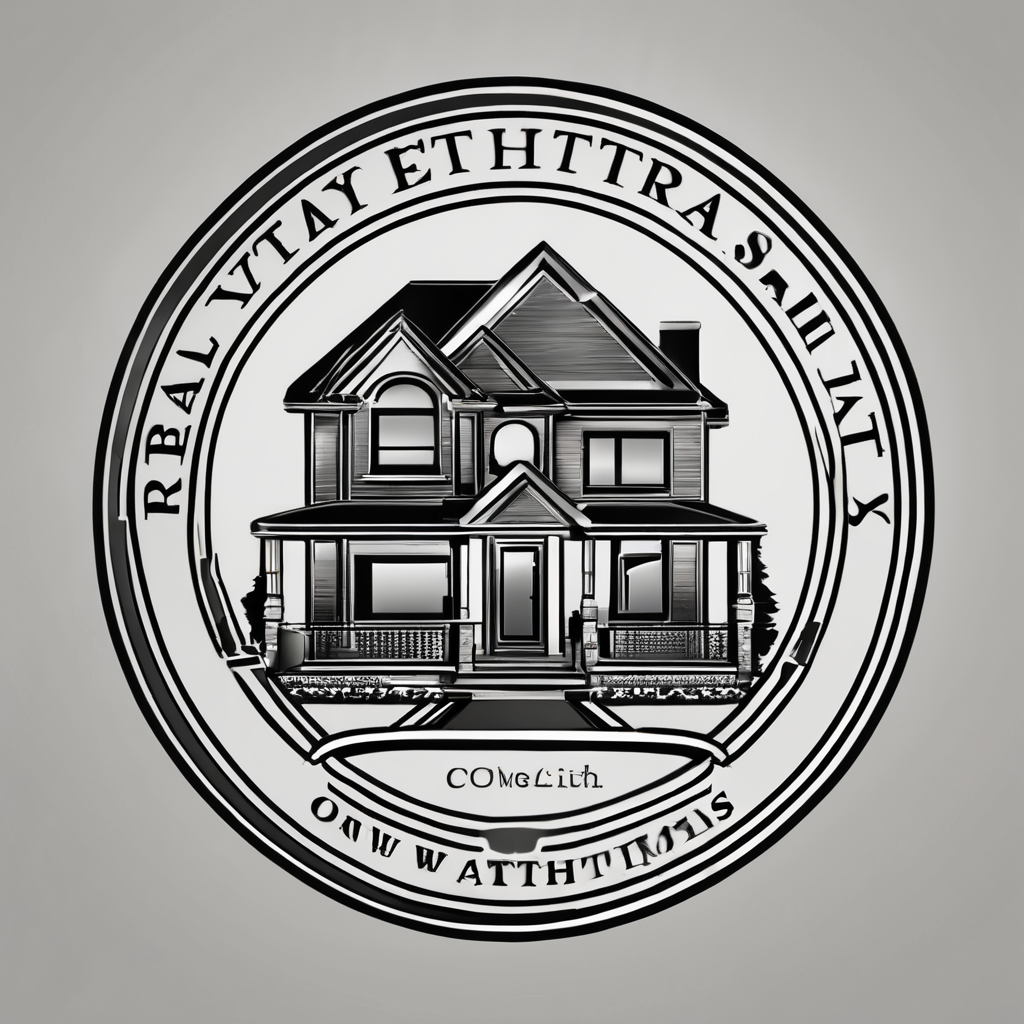Renovating a property can provide a significant return on investment (ROI). If you’re considering taking on such a project in Newcastle, understanding how to calculate your potential profit is critical. In this article, we will delve into the ways you can estimate the potential ROI for your property renovation.
Understanding the Market
Before embarking on a renovation project, it’s crucial to have a solid understanding of the local property market in Newcastle. This will help you gauge what type of renovations will provide the most value, which can ultimately affect your potential ROI.
A voir aussi : Phuket villas for sale: discover your perfect luxury retreat
The Newcastle property market is diverse, hosting a range of properties from modern apartments to historic townhouses. The demand for renovated properties is high, making it a favourable investment.
To evaluate the market, start by researching recently sold properties in your target area. Look at their sale price, condition, and how long they were on the market. Understanding these factors can give you a glimpse into what potential buyers are looking for.
A lire également : How to identify and mitigate subsidence risk when buying a house in South East England?
Next, consider the rental market, especially If you’re planning on investing in a property to rent. Look at the rental rates for similar properties in the area. This will give you a sense of potential rental income after renovation.
Estimating Renovation Costs
Once you’ve evaluated the market, the next step involves estimating the renovation costs. This is a critical step as it will directly impact your ROI.
Start by outlining what renovations are necessary for the property. This could range from simple cosmetic changes to significant structural work.
Next, get quotes from several contractors to get a sense of how much the renovations will cost. Remember to factor in unexpected costs that could arise during the renovation process. It’s often advisable to add a contingency of around 20% to your budget to cover these potential additional costs.
Factoring in Financing
If you’re taking out a loan to finance your renovation, it’s important to factor in the cost of this loan into your ROI calculations. This involves considering the interest rate, term of the loan, and any additional costs associated with the loan, such as origination fees or early repayment charges.
Keep in mind that if you are investing in a rental property, the rent you receive can help offset some of these costs. However, you also need to account for potential vacancies, so don’t rely on rental income to cover all your loan repayments.
Calculating Potential Profit
Calculating potential profit involves taking the potential selling price or rental income and subtracting your total investment, which includes the purchase price of the property and renovation costs.
When calculating the potential selling price, make sure to take into account the current market rate for similar properties in Newcastle. If you’re planning to rent the property, consider the average rental rate for similar properties.
Remember, the profit is just one aspect of ROI. You should also consider the yield, which is the annual return on your investment.
Projecting Long-Term Returns
Finally, consider the long-term returns of your investment. Property value can appreciate over time, providing additional returns. If you’re renting the property, rental income can also increase over time.
Keep in mind that property taxes and maintenance costs will likely rise over time, which could eat into your profits.
As investors, it’s crucial to remember that while property renovation can provide substantial returns, it also comes with risks. Always do your due diligence before investing and consult with a professional if necessary. This will help ensure that your investment is sound and that you’ll gain the maximum profits from your property renovation in Newcastle.
The Power of Rental Income and Rental Yield
One of the major factors that contribute to your return on an investment property is the rental income. This is the money you’ll receive from tenants in return for letting them use your property. Your potential rental income can be calculated by looking at similar properties in the same area and their current rental rates. This will give you a reasonable estimate of what you might be able to charge.
Now, rental yield is the annual return on your investment, expressed as a percentage of the property’s value. To calculate your rental yield, you divide the annual rental income by the purchase price of the property and then multiply by 100.
For example, let’s say you’ve purchased a property for £300,000 and you’re able to rent it out for £1,500 per month – giving you an annual rental income of £18,000. In this scenario, your rental yield would be 6%.
Often, investors overlook the significance of rental yield. It’s a key indicator in assessing the profitability of an investment property in the short term and can be a more accurate measure of return than just looking at capital growth.
Keep in mind, to maintain a steady rental income, a crucial part is property management. Efficient property management ensures your property is well-maintained, potential issues are addressed promptly and it also plays a pivotal role in tenant retention.
The Influence of Cash Flow and Capital Growth on Long-term Returns
When you’re considering a property renovation in Newcastle as a long-term investment, there are two key components to consider: cash flow and capital growth.
Cash flow is the net amount of money moving in and out of your property investment. Positive cash flow means the rental income you receive is higher than the costs associated with owning and managing the property, including the principal interest on any loans, property management fees, and maintenance costs.
On the other hand, capital growth refers to the increase in value of your property over time. To boost capital growth, renovations can be a strategic move. A well-executed renovation can significantly increase a property’s value, leading to higher selling prices and greater long-term returns.
In some cases, property investors may opt for a strategy known as negative gearing. This is where the costs of owning a property (including interest on the loan, management fees, and maintenance) are more than the rental income, but the investor believes that the capital growth will more than make up for these losses in the long run.
However, while negative gearing can lead to substantial long-term profits, it’s also a riskier strategy.
Conclusion
Calculating the return on investment for a property renovation in Newcastle involves considering a multitude of factors. From understanding the local market to estimating renovation costs, factoring in financing and calculating potential profit – each step is vital.
Ultimately, the aim is to acquire a positive cash flow and substantial capital growth. Rental income and rental yield play a key role in short-term returns, while cash flow and capital growth are crucial for long-term returns.
However, property investment is not without its risks. Every investor may not always enjoy a positive return investment. For this reason, it’s crucial to maintain a diverse property portfolio to offset potential losses. Plus, whether it’s a fixed rate or variable loan, understanding your financing options can significantly impact your bottom line.
In the realm of real estate investing, knowledge is power. The more informed you are, the better decisions you’ll make, which ultimately leads to a profitable property investment journey. Regardless of whether you’re a seasoned property investor or just starting out, every renovation project offers new learning opportunities and the potential for substantial returns.






